Christian Korbach
Next-Best-View Estimation based on Deep Reinforcement Learning for Active Object Classification
Oct 14, 2021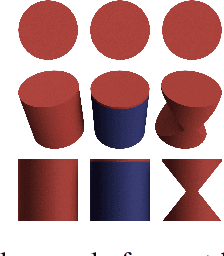
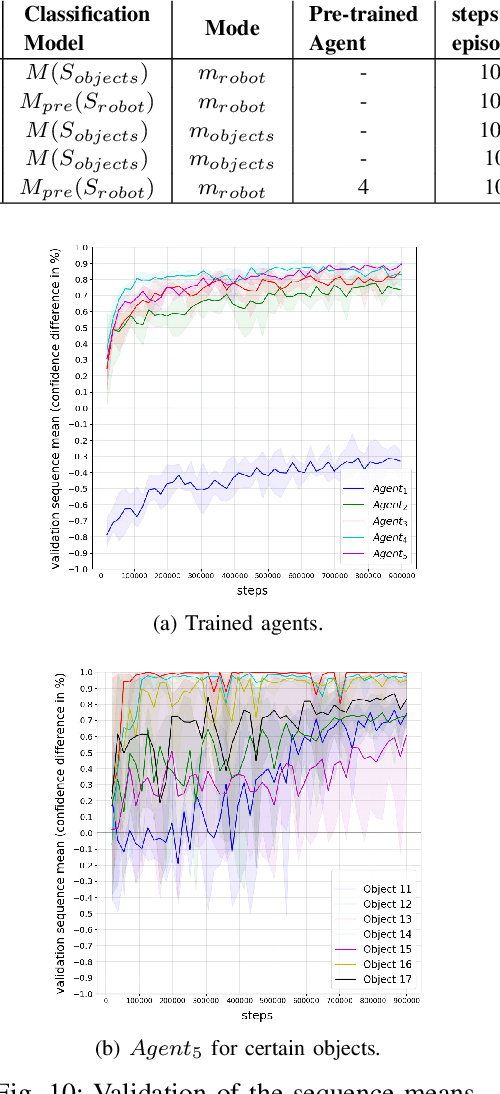
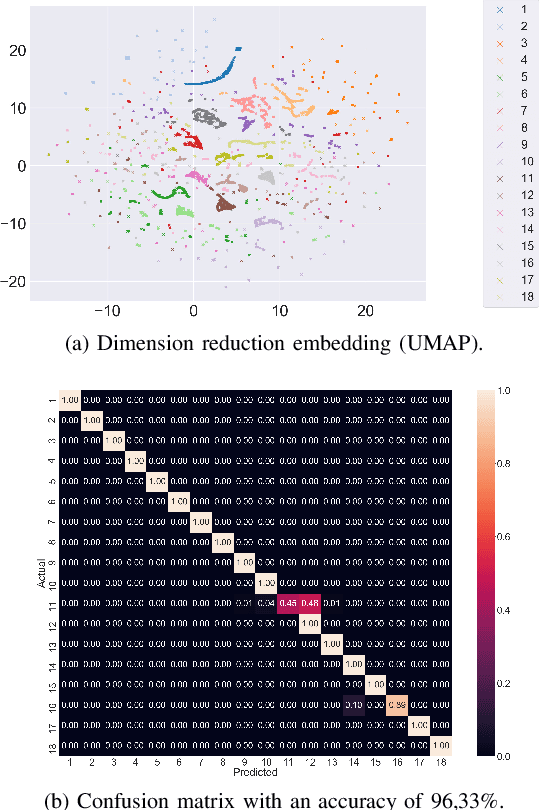
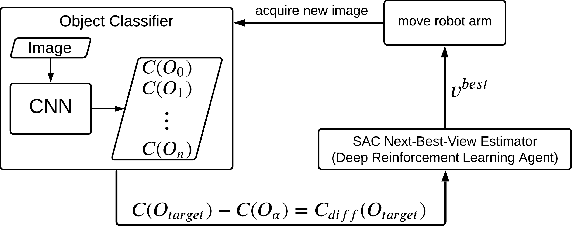
Abstract:The presentation and analysis of image data from a single viewpoint are often not sufficient to solve a task. Several viewpoints are necessary to obtain more information. The next-best-view problem attempts to find the optimal viewpoint with the greatest information gain for the underlying task. In this work, a robot arm holds an object in its end-effector and searches for a sequence of next-best-view to explicitly identify the object. We use Soft Actor-Critic (SAC), a method of deep reinforcement learning, to learn these next-best-views for a specific set of objects. The evaluation shows that an agent can learn to determine an object pose to which the robot arm should move an object. This leads to a viewpoint that provides a more accurate prediction to distinguish such an object from other objects better. We make the code publicly available for the scientific community and for reproducibility.
Scratchy: A Lightweight Modular Autonomous Robot for Robotic Competitions
May 14, 2019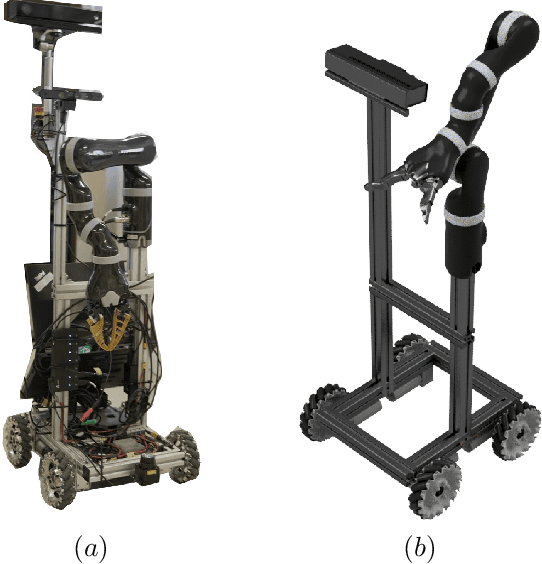
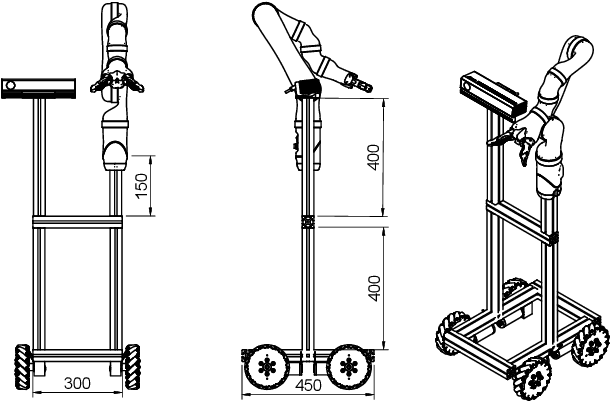
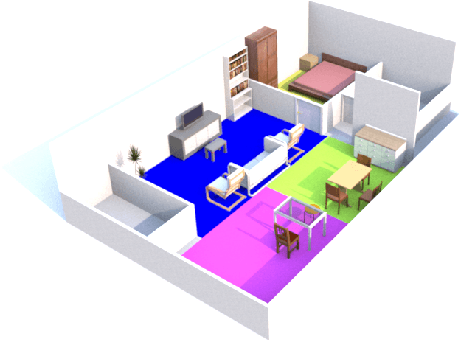
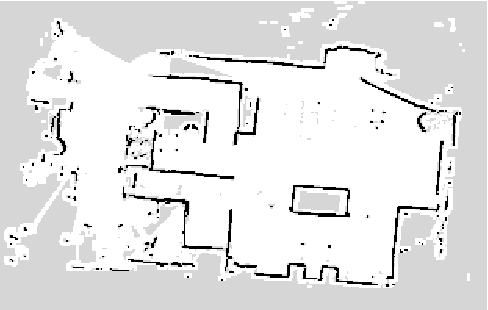
Abstract:We present Scratchy---a modular, lightweight robot built for low budget competition attendances. Its base is mainly built with standard 4040 aluminium profiles and the robot is driven by four mecanum wheels on brushless DC motors. In combination with a laser range finder we use estimated odometry -- which is calculated by encoders -- for creating maps using a particle filter. A RGB-D camera is utilized for object detection and pose estimation. Additionally, there is the option to use a 6-DOF arm to grip objects from an estimated pose or generally for manipulation tasks. The robot can be assembled in less than one hour and fits into two pieces of hand luggage or one bigger suitcase. Therefore, it provides a huge advantage for student teams that participate in robot competitions like the European Robotics League or RoboCup. Thus, this keeps the funding required for participation, which is often a big hurdle for student teams to overcome, low. The software and additional hardware descriptions are available under: https://github.com/homer-robotics/scratchy.
 Add to Chrome
Add to Chrome Add to Firefox
Add to Firefox Add to Edge
Add to Edge